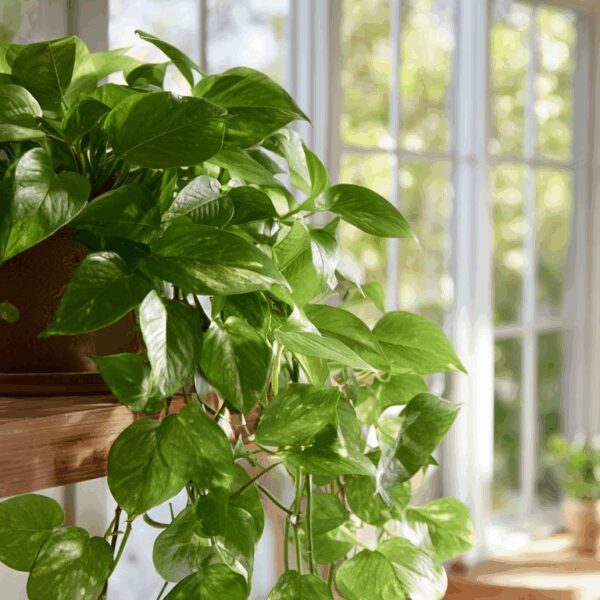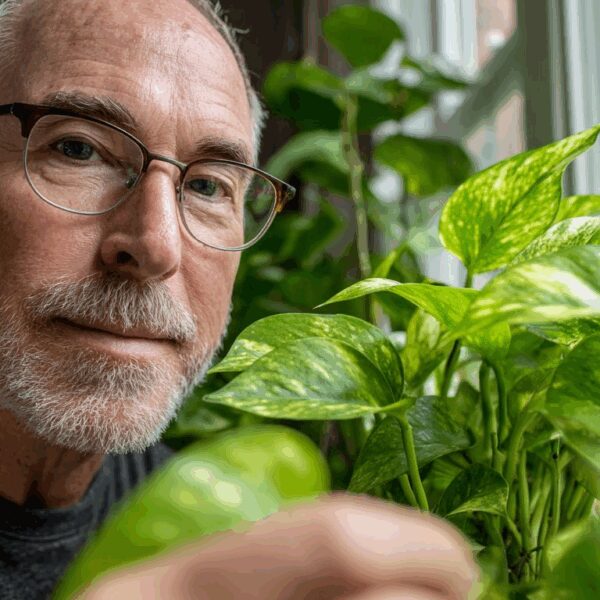Are you looking to revamp your garden and create a beautiful outdoor space that is in line with modern trends and sustainable practices?
Then you have come to the right place!
Modern garden aesthetics
Creating a modern garden is all about embracing simplicity, clean lines, and functional outdoor spaces.
When revamping your garden, consider the use of organic materials such as wood, metal, and stone to create a stunning yet sustainable look.
Natural elements like plants and trees can provide texture and color to the space while helping to reduce energy costs.
Top 3 reasons to embrace organic gardening in your kitchen garden
Using recycled materials for design elements is a great way to be eco-friendly while achieving a modern aesthetic.
Incorporating natural materials
Integrating natural materials into your garden design is a great way to make your space feel more inviting and connected to the environment.
Wood and stone can be used to build raised beds, benches, and paths. Incorporating sustainable resources like recycled materials or renewable energy systems into your garden is also a great way to reduce your environmental footprint.
These materials add character and texture to the garden, while also helping to conserve our planet.
Water conservation
When revamping your garden, don’t forget about water conservation! Smart irrigation systems can help reduce water usage by monitoring the weather and automatically adjusting the watering schedule.
Consider choosing drought-tolerant plants that require less water. This will help you save a lot of time and money in the long run, while still keeping your garden looking lush and beautiful!
Native plants
Incorporating native plants into your garden is a great way to revamp it while being sustainable. Native plants require less maintenance and fewer resources, such as water and fertilizer, than non-native plants.
Not to mention they are more likely to survive in the local climate and soil conditions.
Native plants support local ecosystems by providing food and shelter to local wildlife, while also attracting pollinators like bees and butterflies.
Eco-friendly pest control
Pest control is an important part of maintaining a healthy garden. Fortunately, there are modern eco-friendly methods available that don’t rely on harsh chemical pesticides.
Examples include the use of natural predators, such as ladybugs, to target unwanted pests, or encouraging beneficial insects to repel them.
You can use traps and barriers to isolate the problem area without resorting to chemicals.
If you enjoyed this article, please feel free to share it with your friends or on your social networks. We’d really appreciate it!
Alternatively, if you know someone who might benefit from reading it, why not send them a link?







